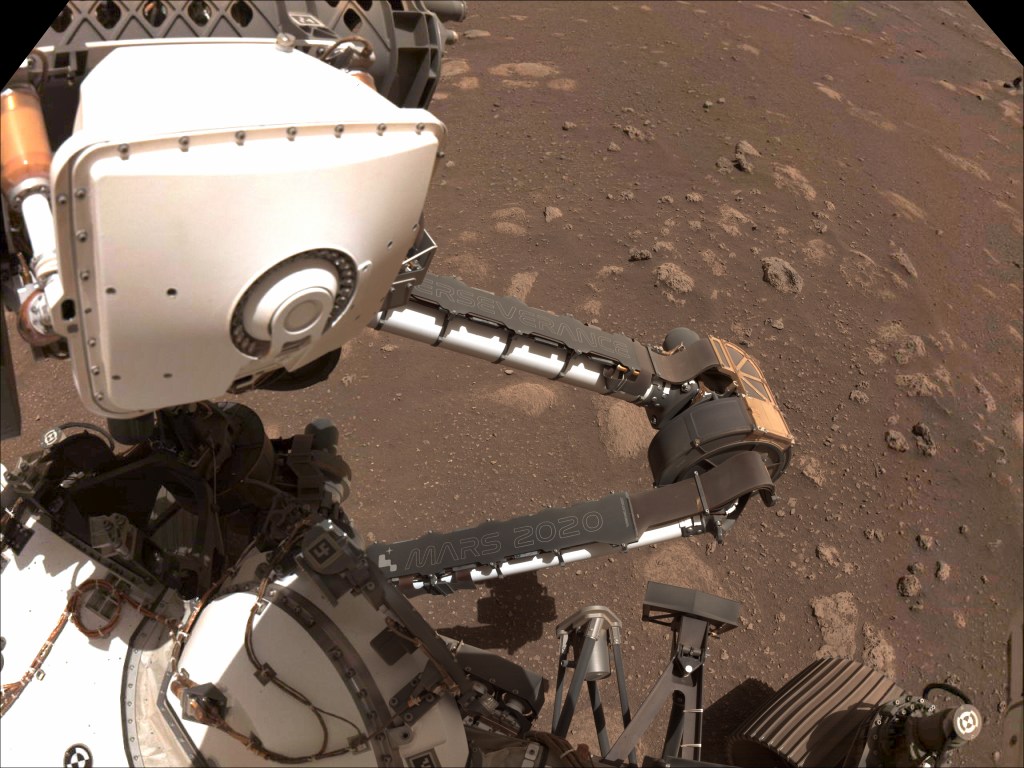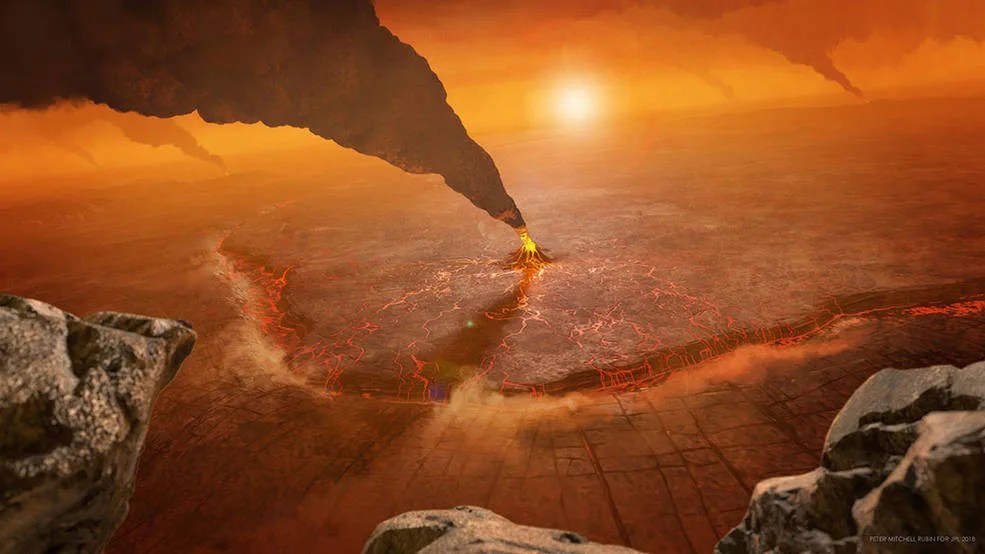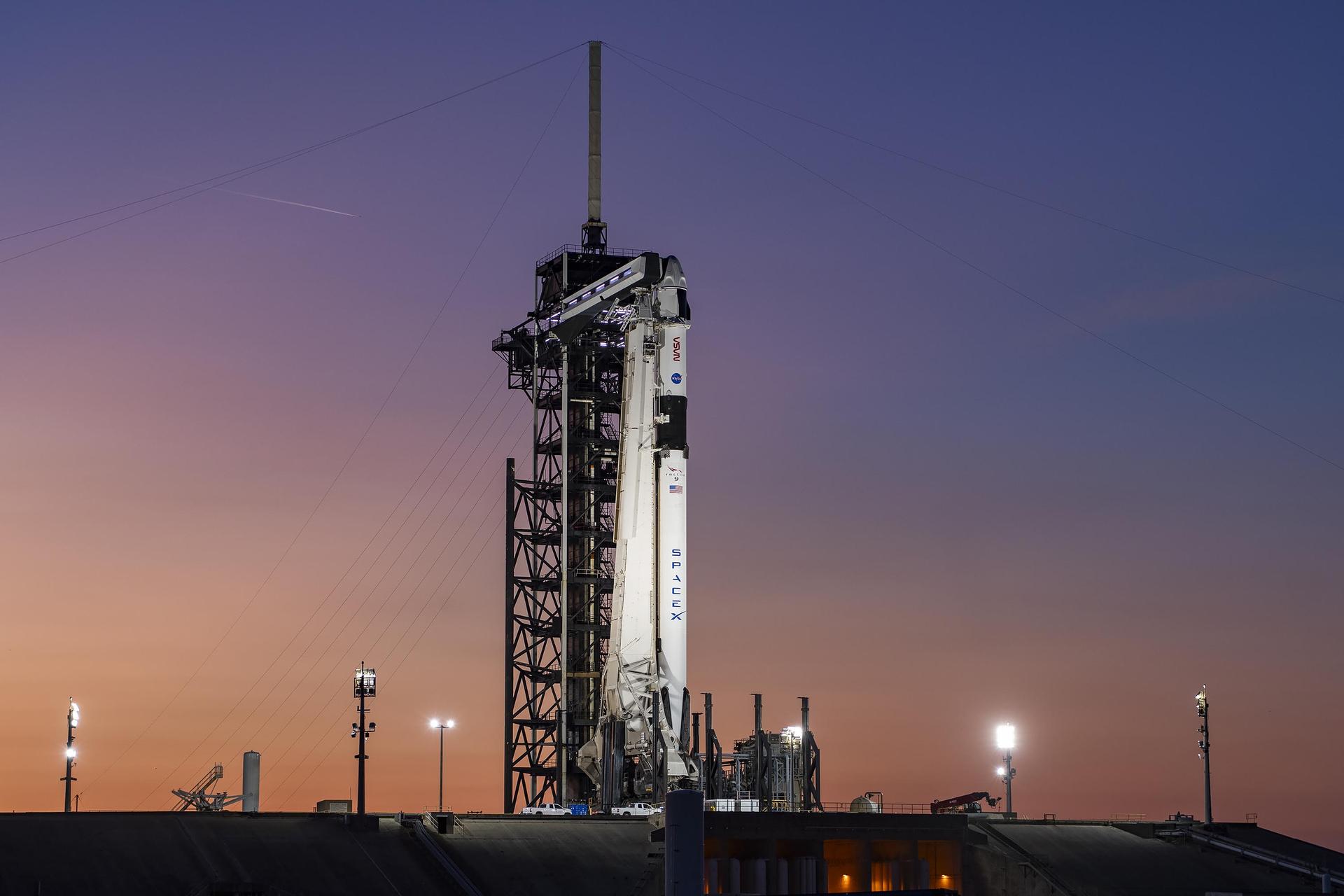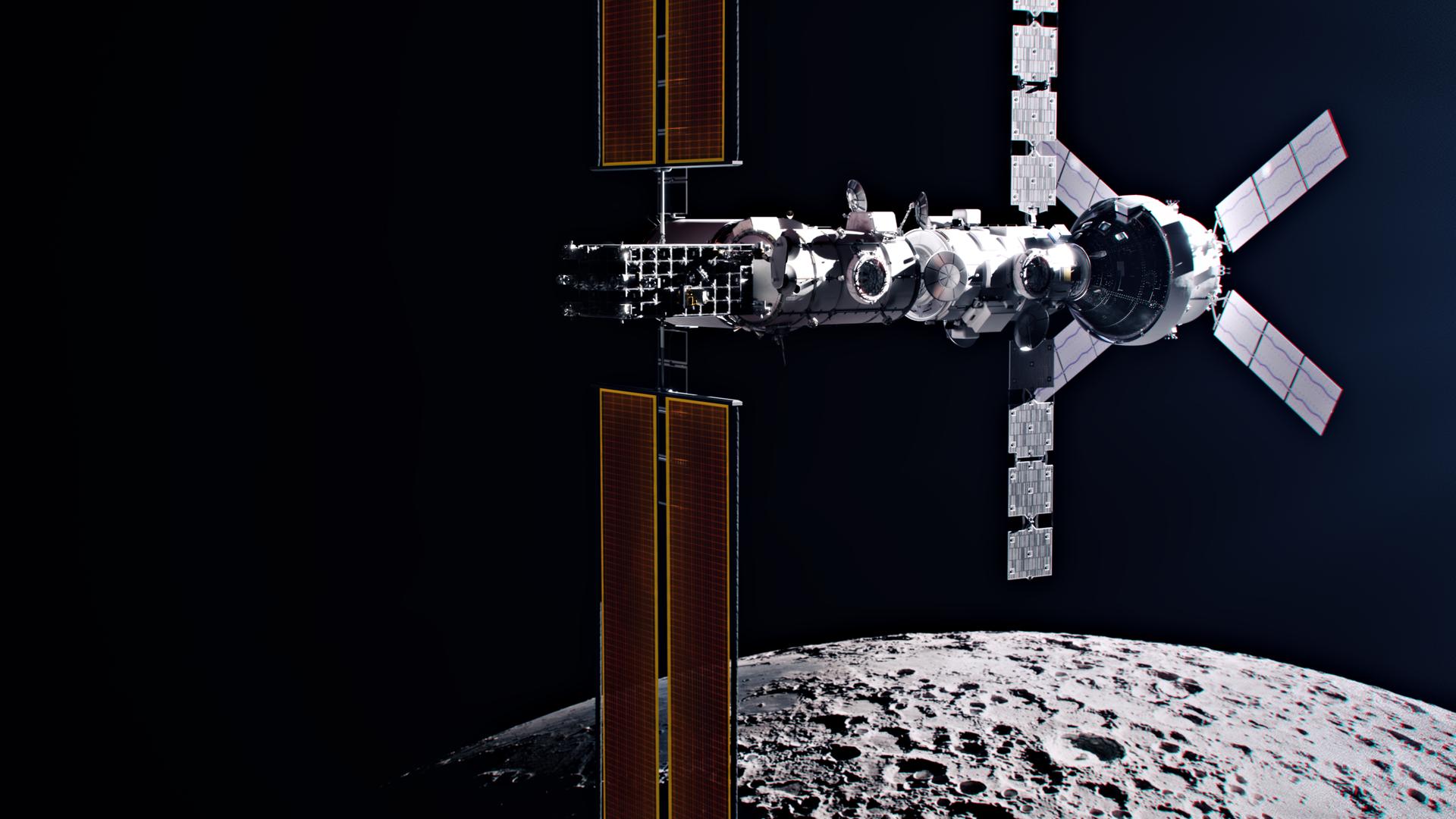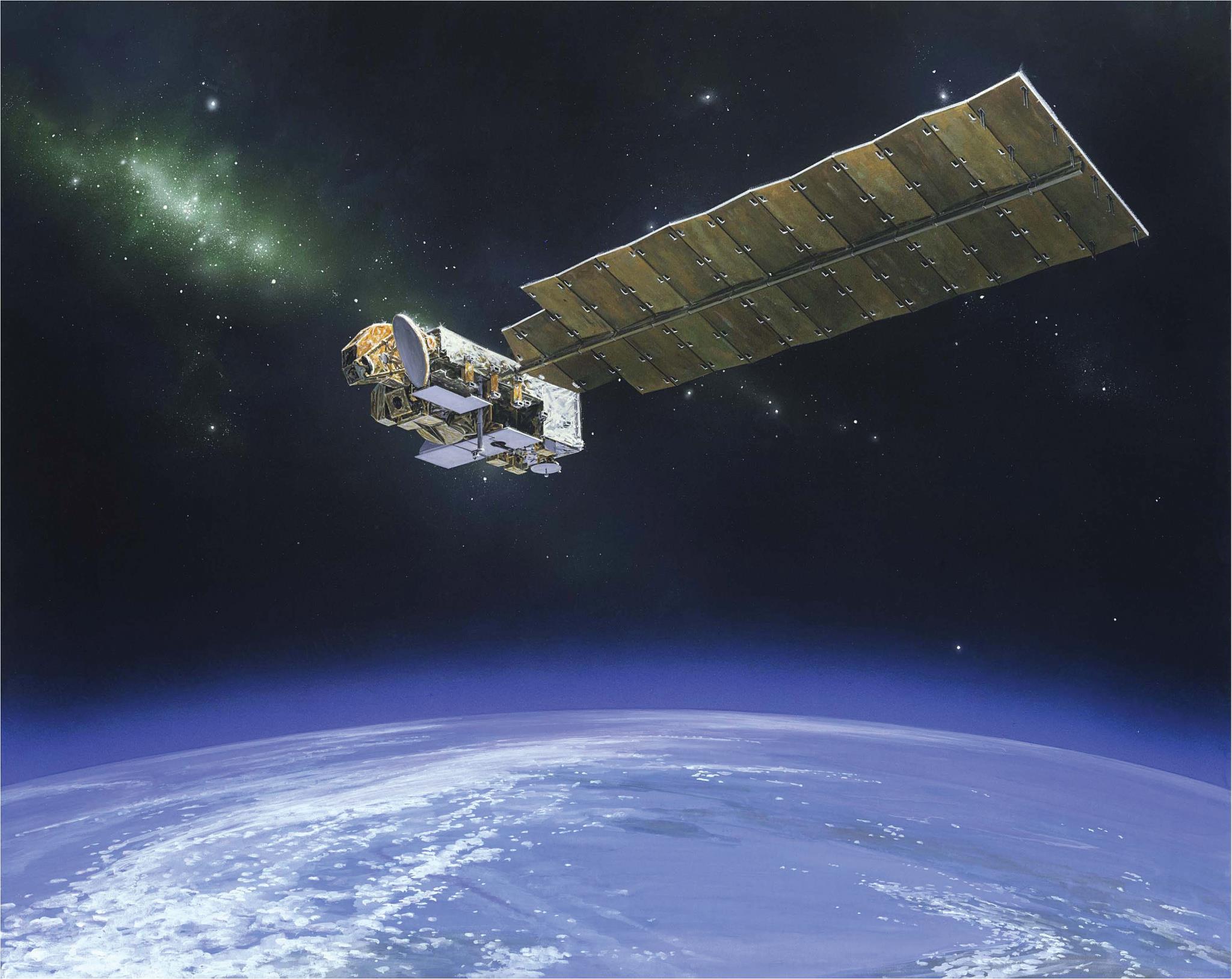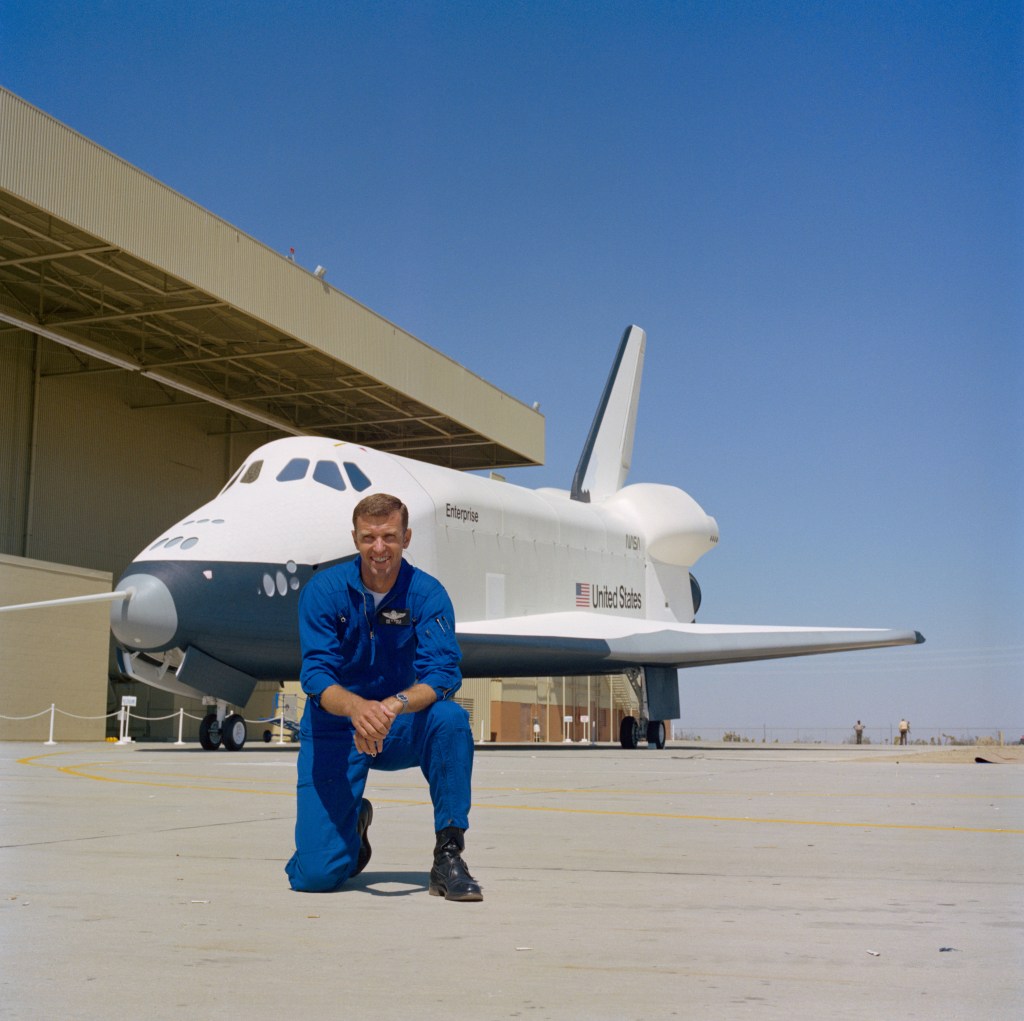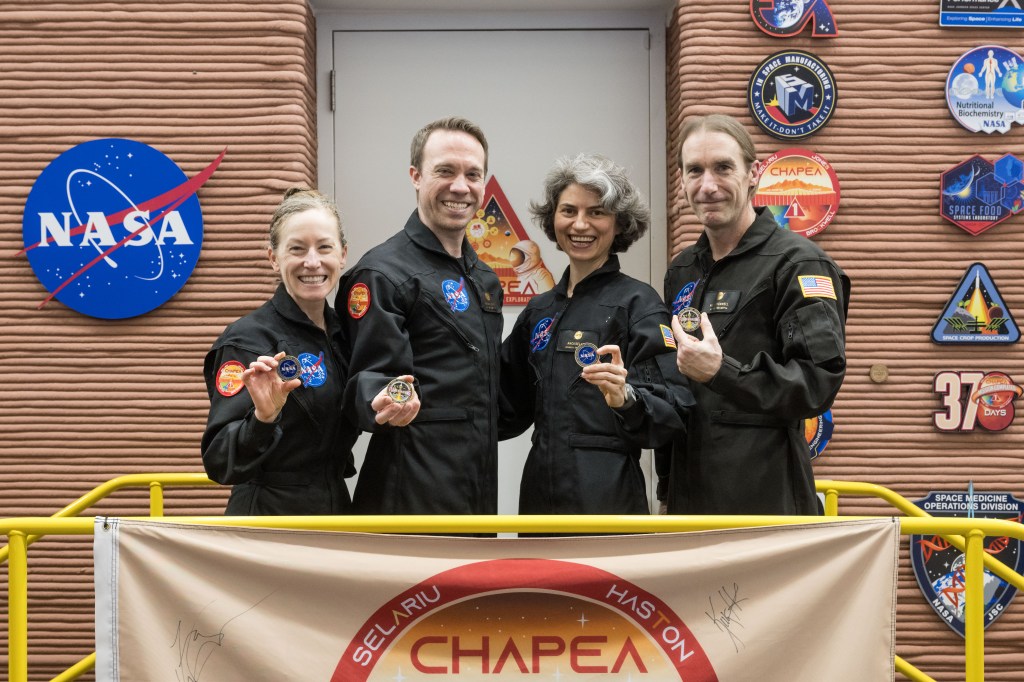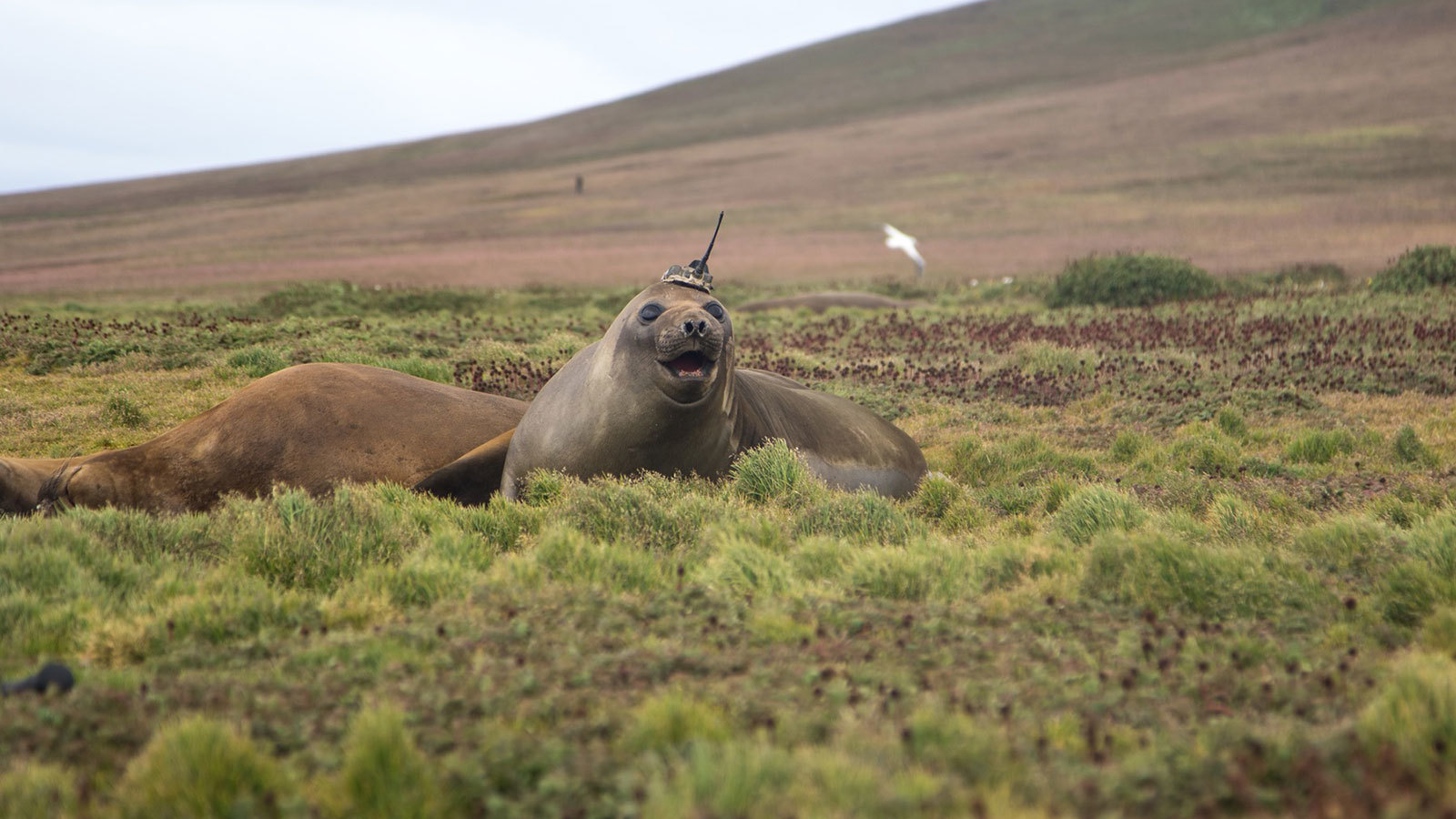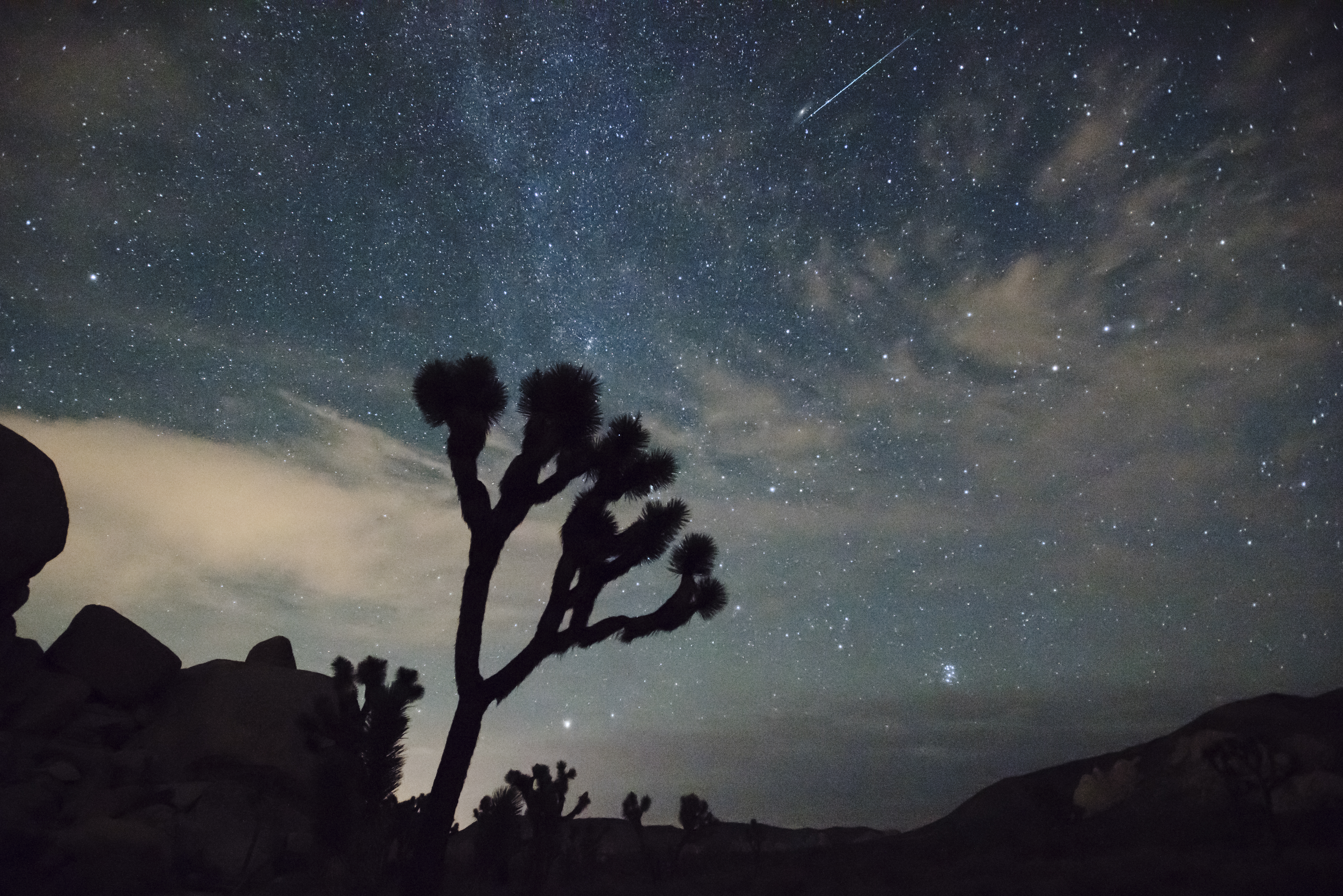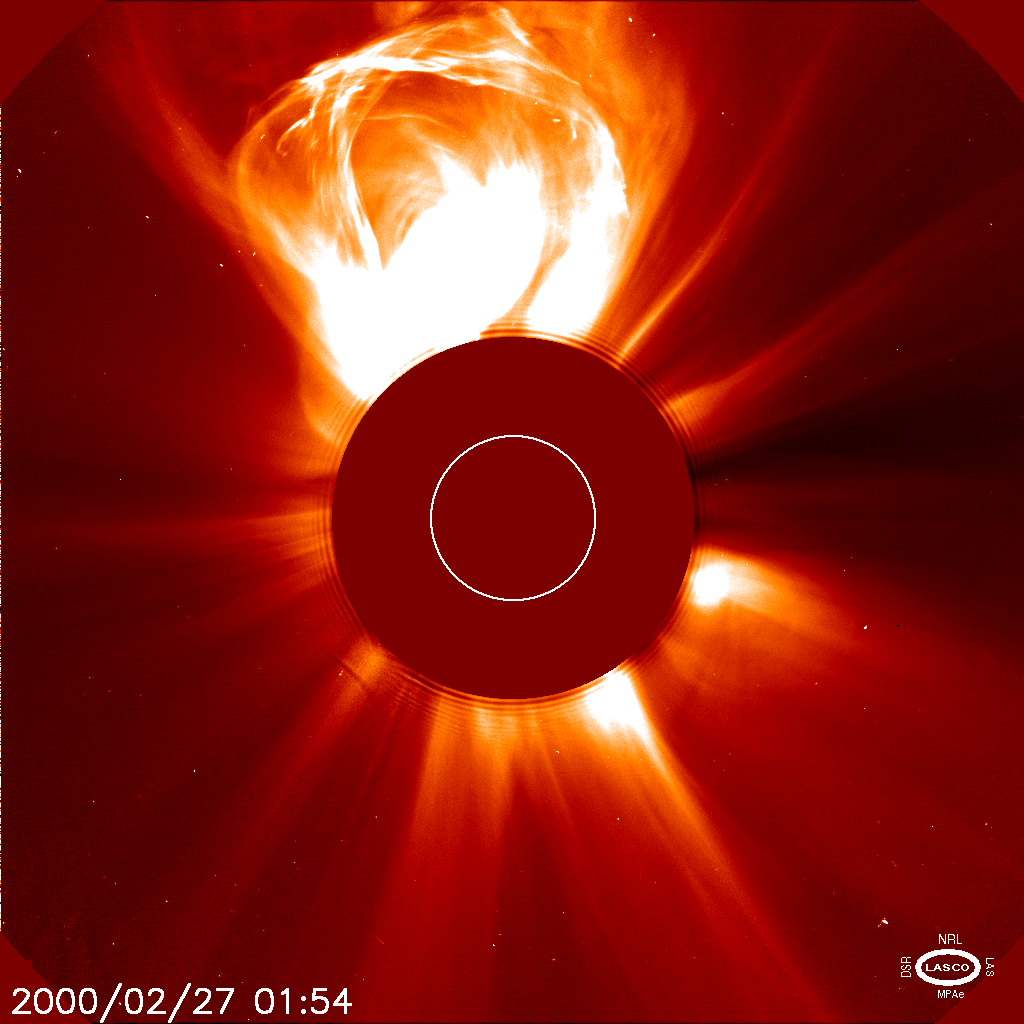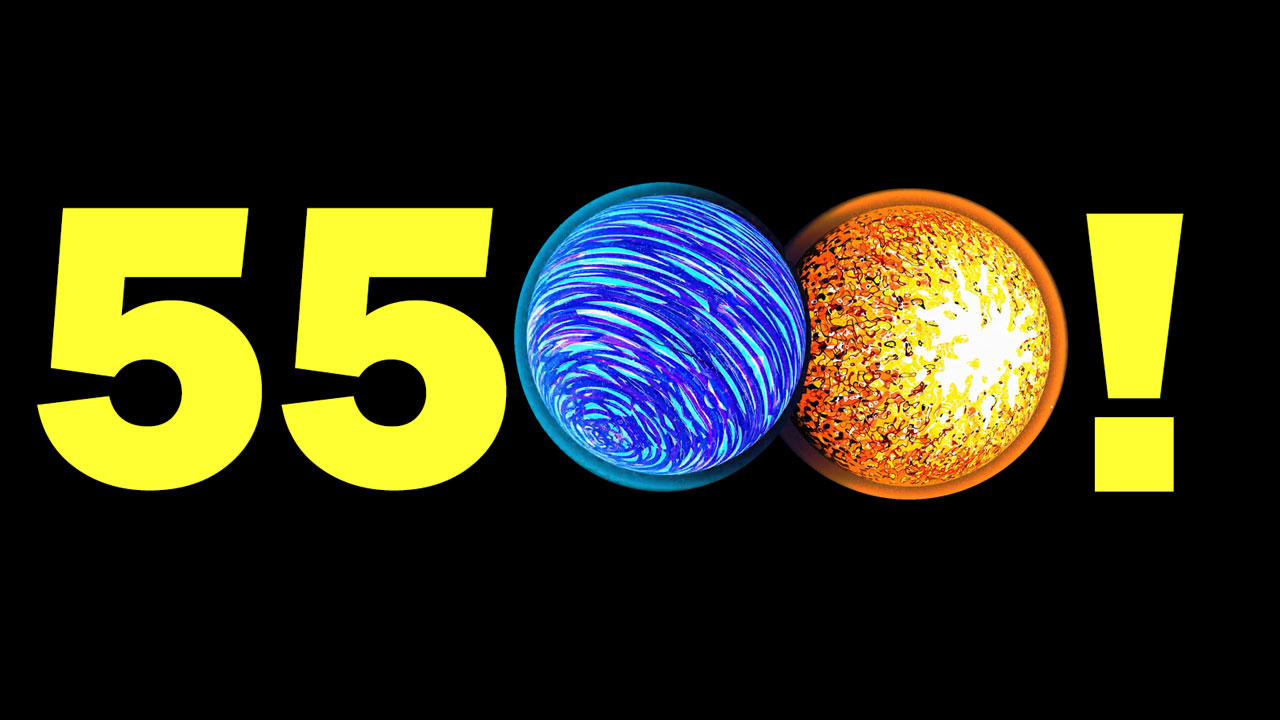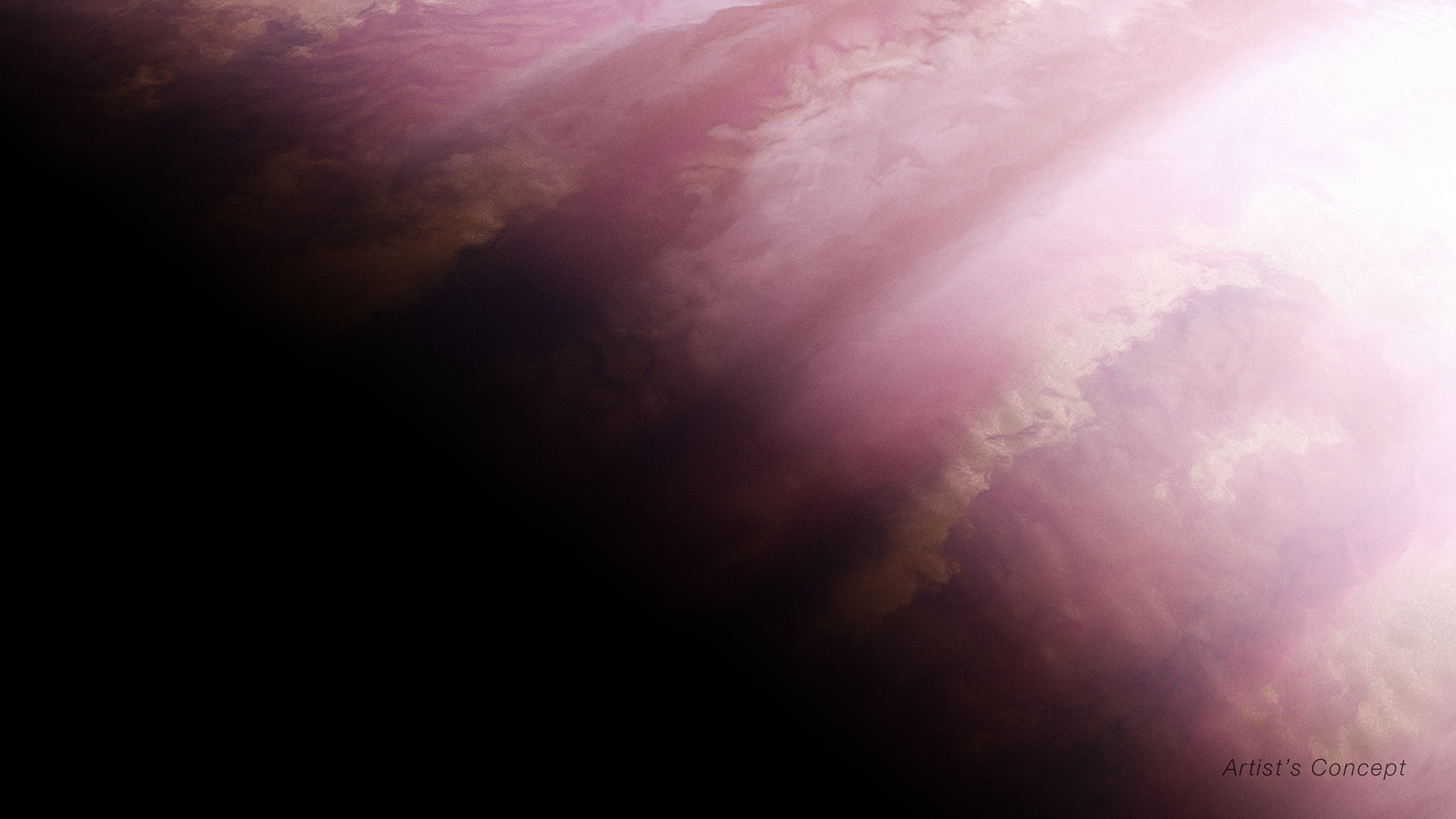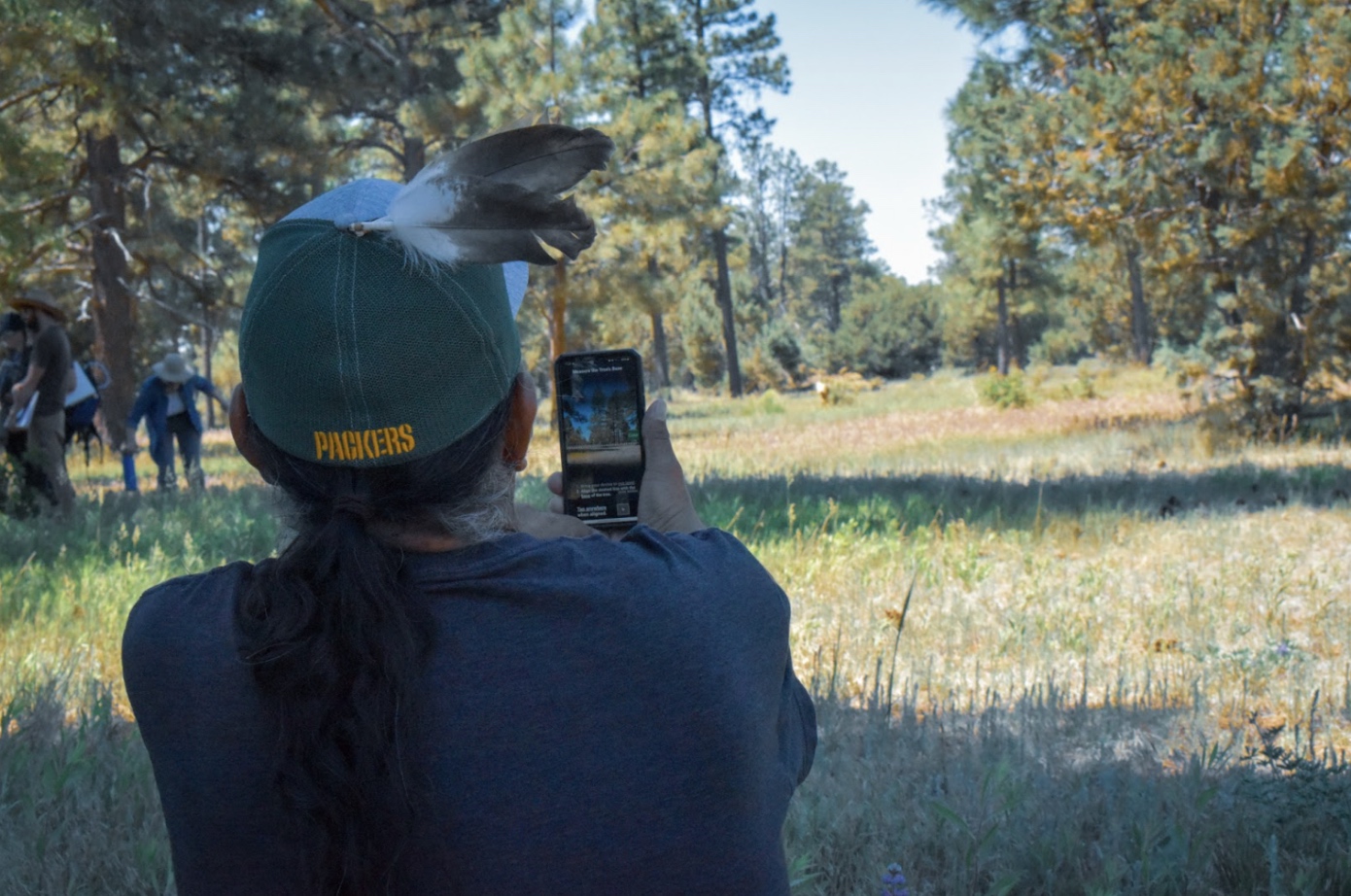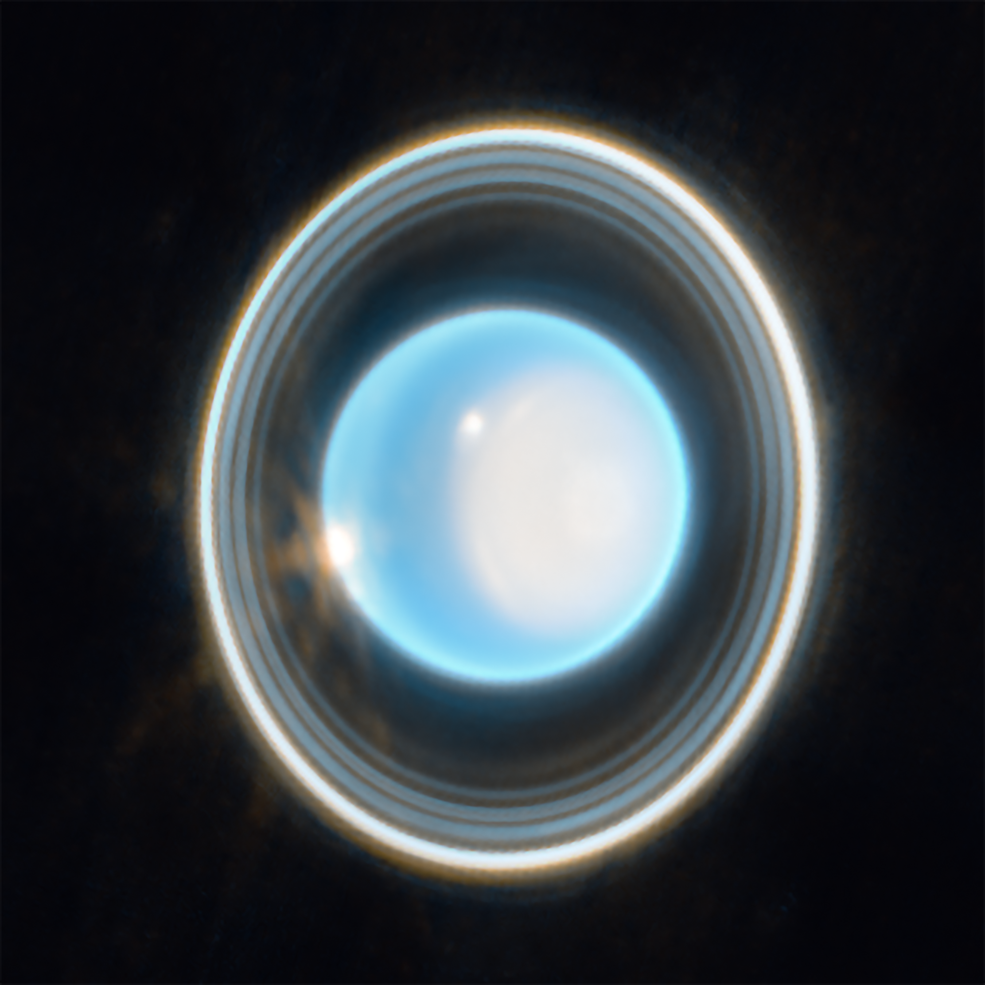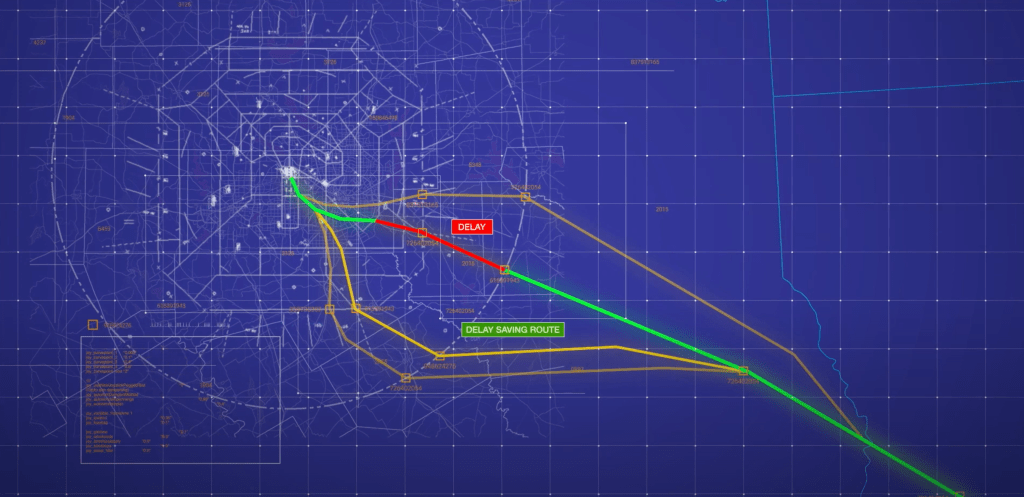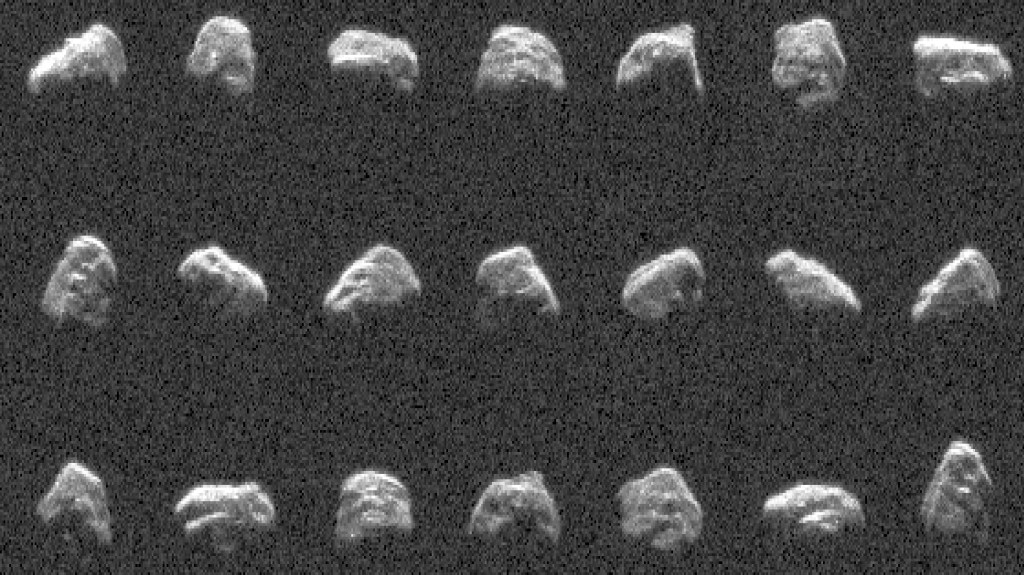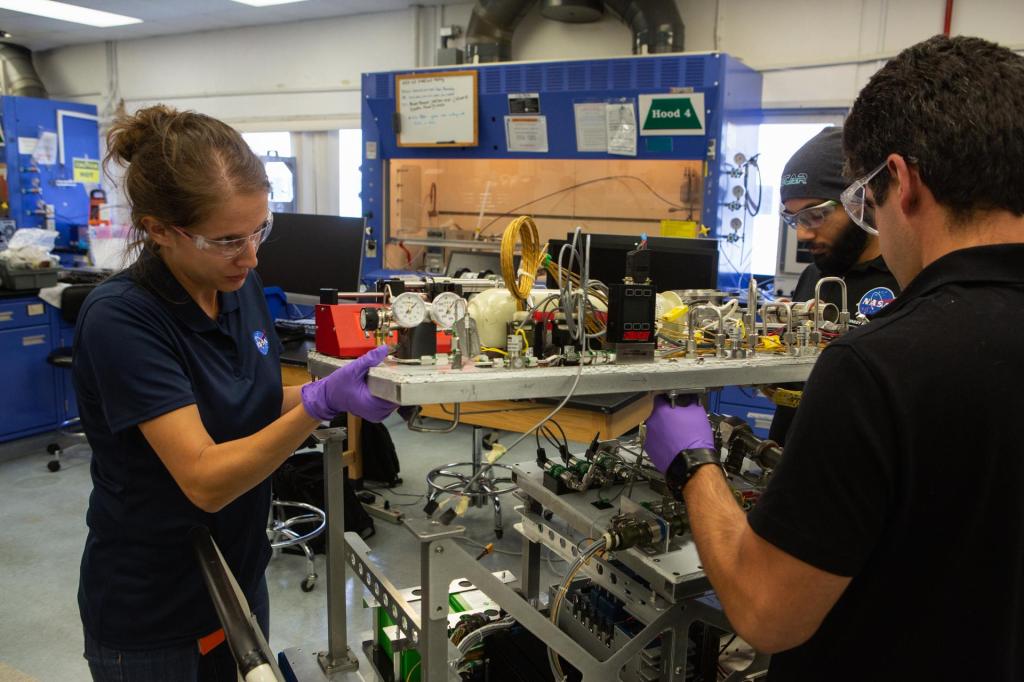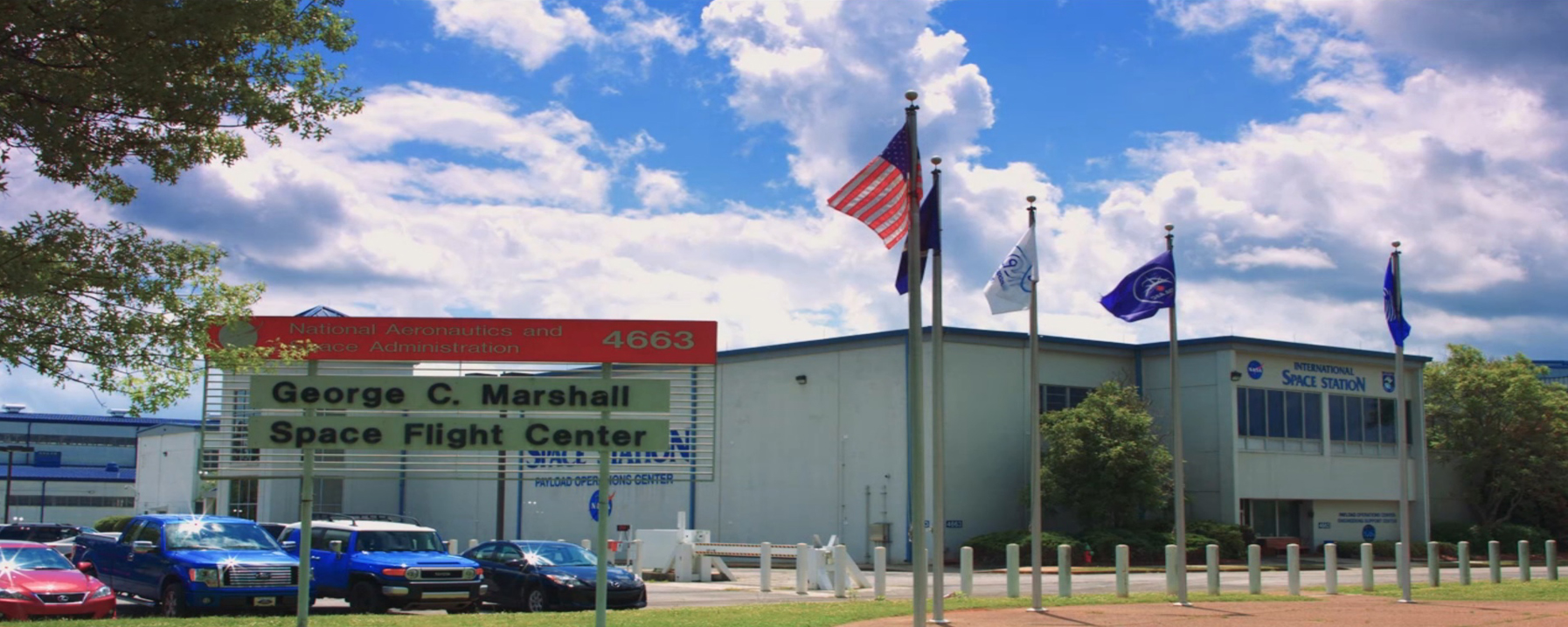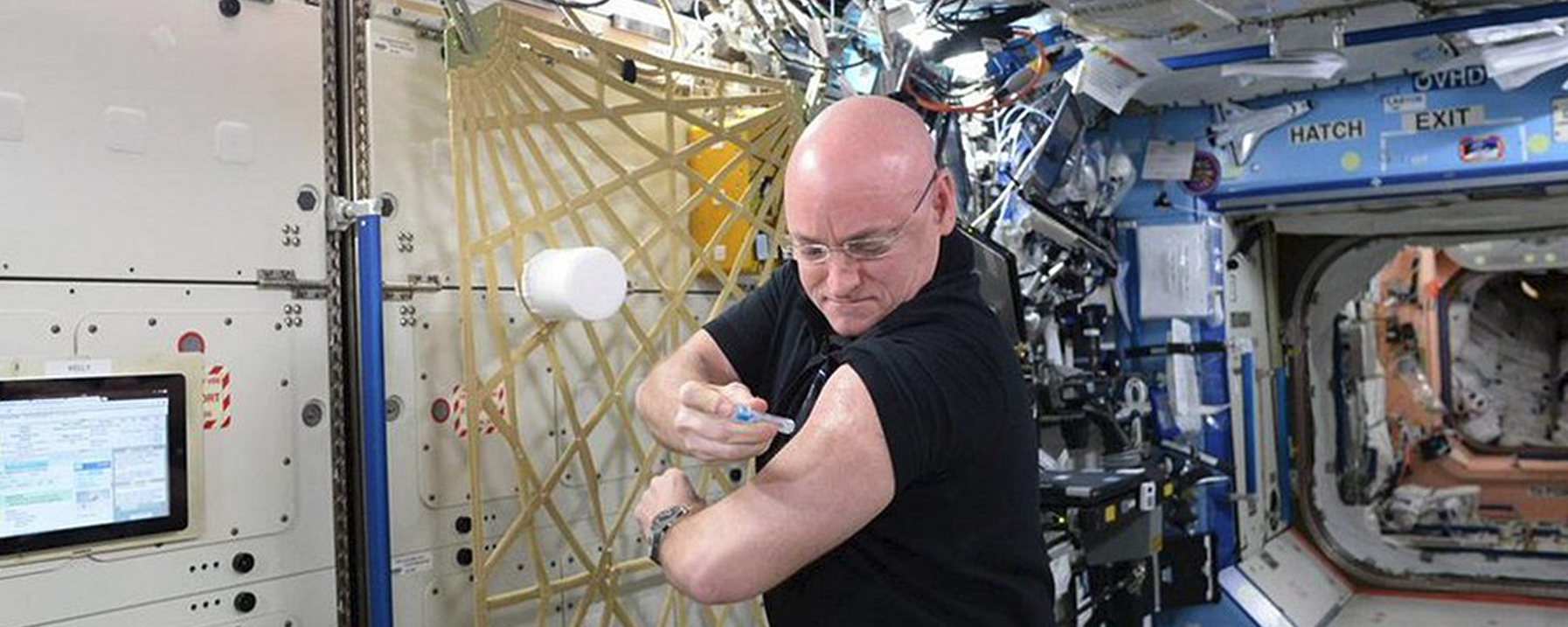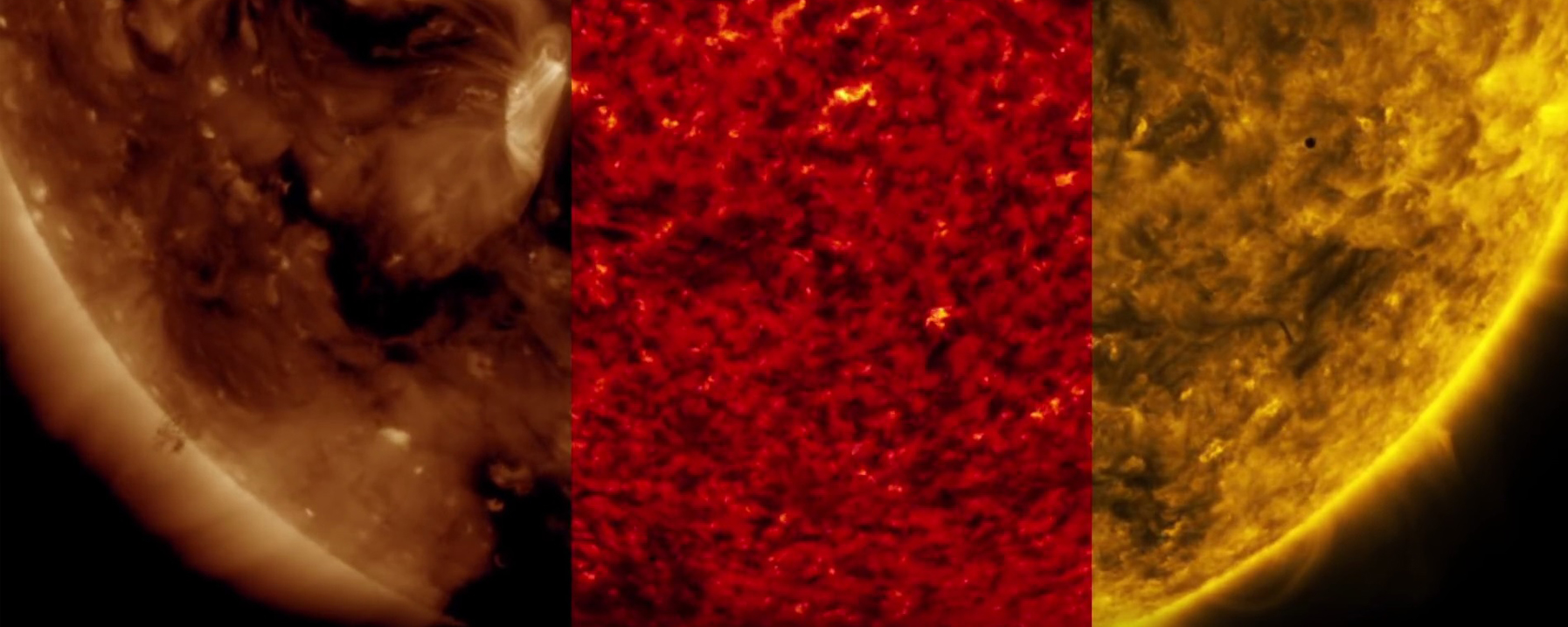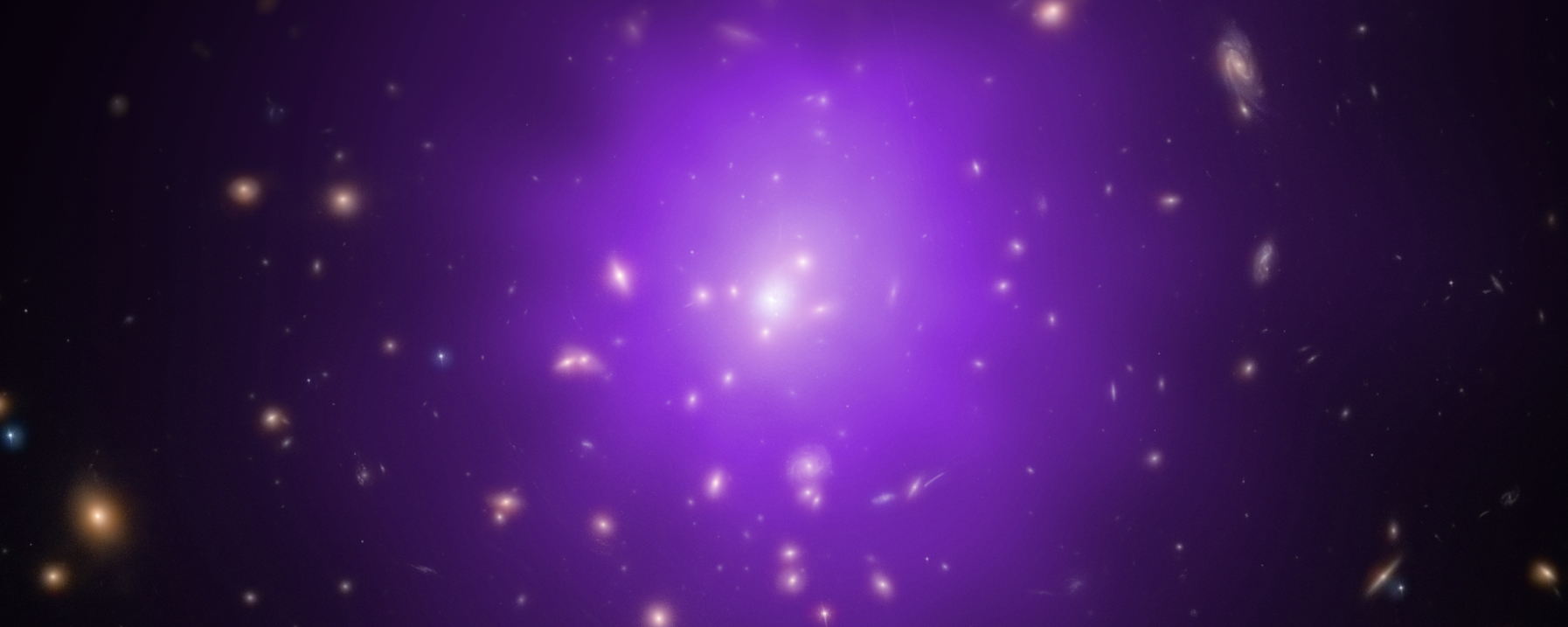(Video 9:21) NASA Marshall Releases Updated B-roll
To illustrate the story of NASA and the Marshall Space Flight Center, download our new b-roll package. This 2016 media resource reel includes fresh exteriors, SLS animation, ISS payload ops footage and clips of Marshall’s labs and facilities.
Flight Hardware, Test Stands and Much More Featured in SLS Highlights
Each month, NASA’s Space Launch System program summarizes development progress in its newsletter, SLS Highlights. SLS will be the most powerful rocket ever built and, with the agency’s Orion spacecraft, will launch America into a new era of exploration to destinations beyond Earth’s orbit. April highlights include flight hardware production, the upcoming second booster qualification test and Marshall’s quickly rising test stands.
(Video 6:22) SpaceX Dragon Spacecraft Returns to Earth ‘Chock-full’ of Science
On May 11, a SpaceX Dragon spacecraft returned to Earth with 3,700 pounds of precious cargo, including the final batch of research samples from NASA’s historic one-year crew mission on the International Space Station. We talk with Scott Smith, NASA’s manager for nutritional biochemistry, about testing samples returned from the station.
(Video 2:04) NASA Captures Amazing Video of Mercury Transit
Although Mercury orbits the sun every 88 days, Earth, the sun and Mercury rarely align. And because Mercury orbits in a plane tilted from Earth’s orbit, it usually moves above or below our line of sight to the sun. But about 13 times a century, Mercury passes between Earth and the sun in a rare astronomical event — a planetary transit. The first Mercury transit since 2006 occurred May 9.
Winners of 2016 Student Launch Announced by NASA, Orbital ATK
Winners of the 2016 NASA Student Launch challenge include Vanderbilt University in Nashville, Tennessee, taking the first-place, top prize of $5,000, provided by Orbital ATK. Nearly 50 middle and high school, college and university teams from 22 states demonstrated advanced aerospace and engineering skills related to real-world activities and programs on NASA’s journey to Mars.
‘Russian Doll’ Galaxy Clusters Reveal Information About Dark Energy
Astronomers, using data from NASA’s Chandra X-ray Observatory, ESA’s Planck and other optical telescopes, have developed a powerful new method for investigating dark energy — the mysterious energy driving the accelerating expansion of the universe.
For more information or to learn about other happenings at NASA’s Marshall Space Flight Center, visit NASA Marshall


